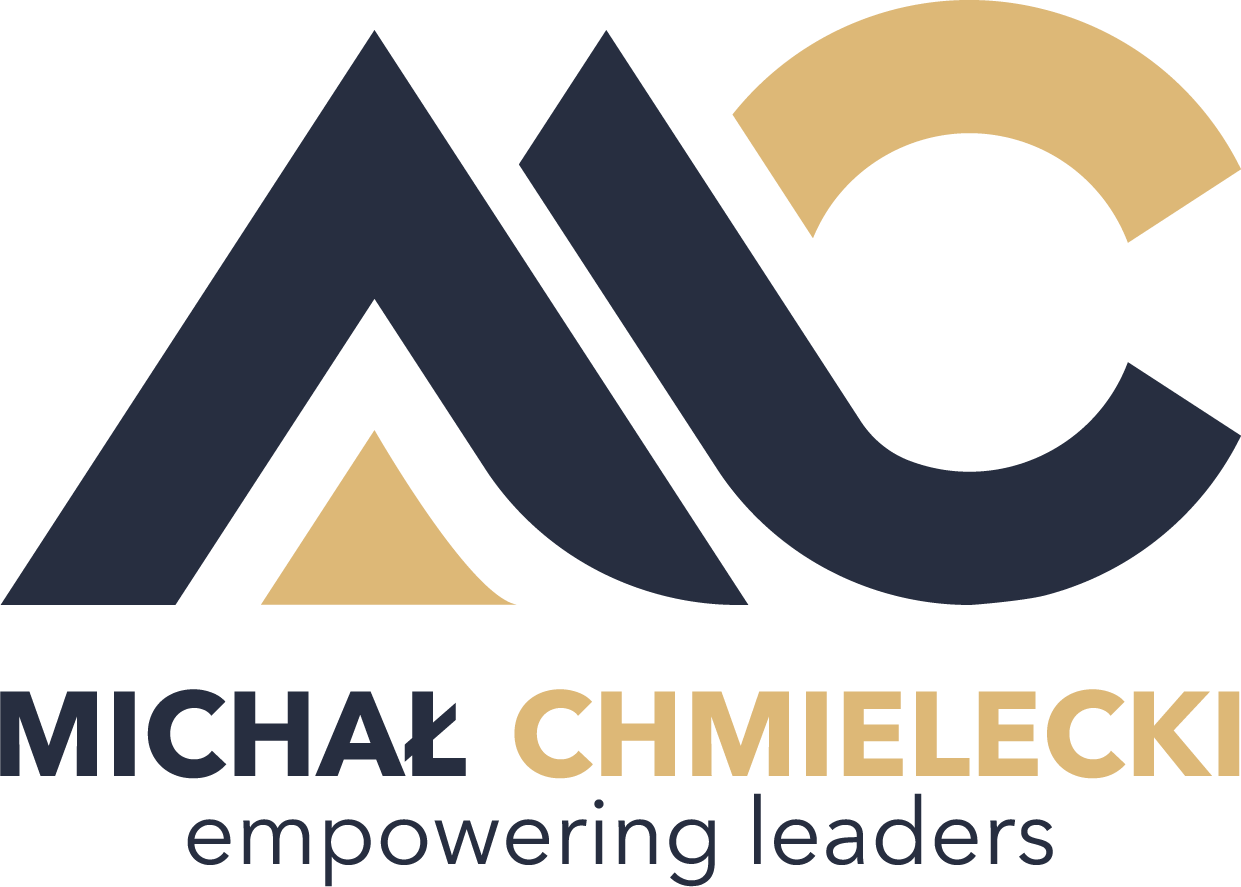Influence Without Authority: The Leadership Skill That Defines Modern Organizations
Not long ago, leadership was defined by authority:
formal titles
clear reporting lines
positional power
But today, cross-functional initiatives, hybrid teams, and project-based work have blurred the boundaries of control.
Most professionals now spend a significant portion of their time convincing people who don’t report to them.
Welcome to the age of influence without authority.
The Leadership Shift No One Prepared Us For
Traditional leadership development was built on:
delegation
oversight
escalation
But modern work requires:
persuasion
alignment
collaboration
Titles open the door.
Influence moves the room.
Why Influence Has Become Essential
Organizations are now:
flatter
faster
more interconnected
more interdependent
This means achievements increasingly require support from:
peers
partners
stakeholders
external contributors
And none of these people owe you compliance.
They choose collaboration based on how you engage them.
Influence Is Negotiation
Influence and negotiation are not separate skills — they are intertwined.
To influence effectively, leaders must:
uncover mutual interests
create shared value
manage tension respectfully
navigate emotion under pressure
balance assertiveness and empathy
These are negotiation competencies applied every day, often invisibly.
The Hidden Failure Mode in Cross-Functional Work
When leaders lack influence skills, organizations experience:
passive resistance
scope creep
unclear ownership
competing priorities
silent misalignment
delayed decisions
None of these show up as line-items on a dashboard — but they are expensive.
Authority Is Easy. Influence Is Earned.
Leadership without influence defaults to:
escalation
politics
micromanagement
Leadership with influence creates:
optionality
collaboration
psychological safety
The difference is not stylistic.
It’s systemic.
How to Build Influence Capability
Influence is developed through:
scenario-based practice
negotiation simulations
real-time coaching
feedback loops
structured reflection
Classroom lectures don’t build influence.
Experience does.
One effective pathway is workshop-based negotiation development, which helps leaders practice difficult conversations and stakeholder alignment in realistic conditions.
Explore program formats here:
https://www.michalchmielecki.com/negotiation-workshops
These learning environments convert theory into confidence.
Influence Protects Relationships and Results
Strong influencers:
preserve trust under stress
secure commitment instead of compliance
accelerate alignment
reduce friction
elevate engagement
They get outcomes without leaving emotional damage behind.
This is the long-term game.
Influence Scales Culture
When influence skills become widespread:
silos soften
decision velocity increases
conflict becomes constructive
teams feel lighter and faster
Cultural transformation doesn’t start with slogans.
It starts with how we speak to one another.
The Influence Advantage
Organizations that invest in influence capability enjoy:
faster execution
cleaner collaboration
higher retention of emerging leaders
smoother change adoption
more resilient teams
It’s not magic — it’s a skill set.
And most competitors aren’t training for it.
Conclusion: Influence Is the New Authority
In a world where work crosses boundaries, authority alone won’t lead.
The leaders who thrive now are those who:
negotiate alignment
manage emotion
create shared context
navigate ambiguity
build trust intentionally
Influence is not a “nice to have.”
It is the operating system of modern leadership.
And organizations that scale this skill will reinvent faster, collaborate deeper, and execute at levels their competitors cannot see — let alone copy.
